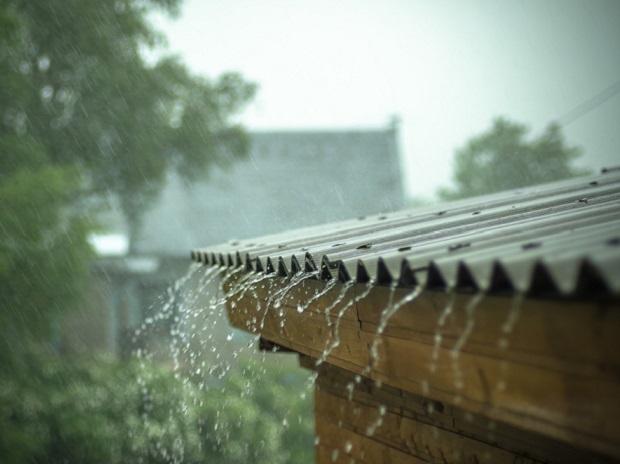Bhubaneswar: Amid regular inundation of some regions and unplanned water conservation, the state capital is set to preserve 59.76 million litres of rainwater annually through implementation of Rainwater Harvesting (RWH) techniques at multiple parks here.
In a joint collaboration of Housing and Urban Development (H&UD) and Centre for Science and Environment (CSE), the state government has set a roadmap of urban designing four water-sensitive cities. Under the project, four cities including Bhubaneswar, Cuttack, Rourkela and Berhampur are set to preserve 174.09 million litres of rainwater through different RWH methods.
“While flooding during monsoon has become a common sight in many cities, the groundwater level is reaching dangerous levels every year. We have thus decided to put in place a water management system in all the urban areas of the state, which will be capable of catering to the needs of the present and be sensitive to the requirements of the future,” said G Mathi Vathanan, Principal Secretary of H&UD Department.
The project which will see the phase-wise implementation of various schemes will see RWH methods applied to all public parks and open spaces in all Urban Local Bodies (ULBs) under its first phase. A city-level task force will be formed that will provide necessary information on the number of parks and their physical features such as area, topography, soil.
Three city parks to implement RWH methods
The capital city which receives an estimated 1500 mm average rainfall annually is estimated to lose about 50,000 Kilo Litres (KL) of water each year from its open spaces to drains.
Hence, three major parks: Indira Gandhi Park, Biju Patnaik Park and Neighbourhood Park at Unit-3, have been zeroed in for implementation of the project. The parks will reportedly preserve 43.04 million litres water annually.
“Assuming peak rainfall of 100-150 mm, IG Park, Biju Patnaik Park and Neighbourhood Park have potential annual runoffs of 16.4 KL, 25.8 KL and 1.105 KL respectively. Various infiltration systems such as rain garden, filter strip trenches, bio-retention areas and swale along footpaths are being proposed. Assuming 15 neighbourhood-level parks implement RWH in Bhubaneswar, an additional 16.72 million litres of rainwater can be harvested,” a report published by H&UD stated.
Even though the city has surplus water supply and mandatory rooftop RWH in towns and cities, the project is set to focus on constant water logging situation in the city. “RWH has had limited success and needs incentivisation and other measures. Although the situation in Odisha is not very alarming, the state government is conscious of the fact that any complacency at this stage can jeopardize the prospects of sustainability in future,” Vathanan added.
